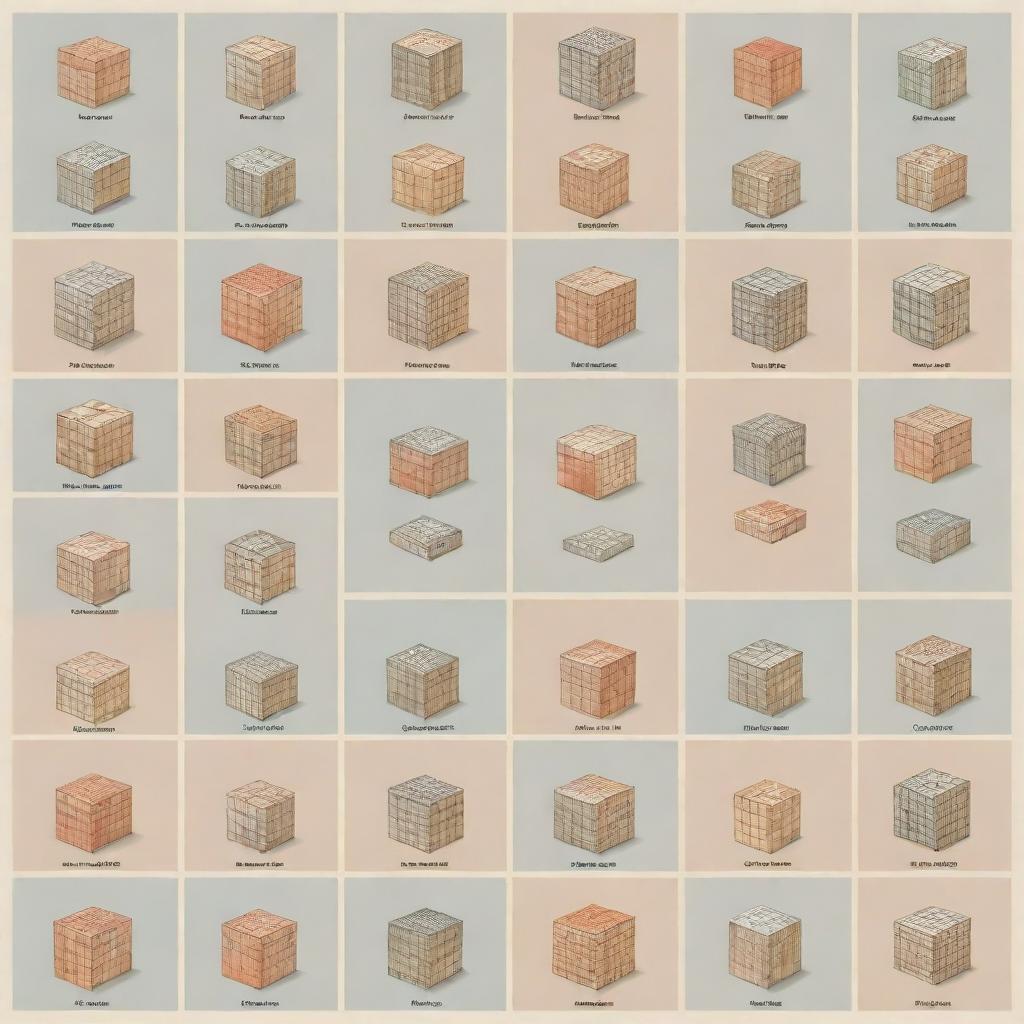The Ultimate Convolutional Neural Network Quiz
martialdouble-t
Created 6/10/2024

Test your knowledge of Convolutional Neural Networks based on the Stanford CS231 course. See how many correct answers you can get out of 10!
1. What is the primary function of a ConvNet's CONV layer?
Performing dot products between filters and local regions of the input
Pooling features from the input volume
2. What is the typical size of a filter in the first layer of a ConvNet?
3. What is a significant advantage of ConvNet architectures over ordinary neural networks?
Encoding certain properties of images into the architecture
Reducing the need for activation functions
4. What kind of padding is used in VGGNet's CONV layers?
5. Which layer typically contains most of the parameters in a ConvNet?
Fully-Connected Layer
Convolutional Layer
6. What is the main contribution of VGGNet in ConvNet architectures?
Showed that the depth of the network is critical for good performance
Introduced batch normalization
7. What is one downside of the VGGNet architecture?
It is more expensive to evaluate and uses a lot more memory
It requires a specific type of activation function
8. What does the term 'stride' refer to in the context of a CONV layer?
The number of pixels the filter moves across the input volume
The size of the filter
9. Why are memory considerations important when constructing ConvNet architectures?
Modern GPUs have memory limitations
ConvNets use significantly more parameters
10. What is a common size for pooling layers in ConvNet architectures such as VGGNet?

